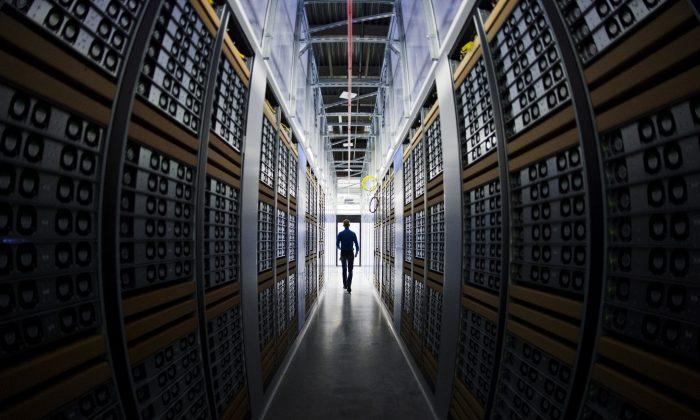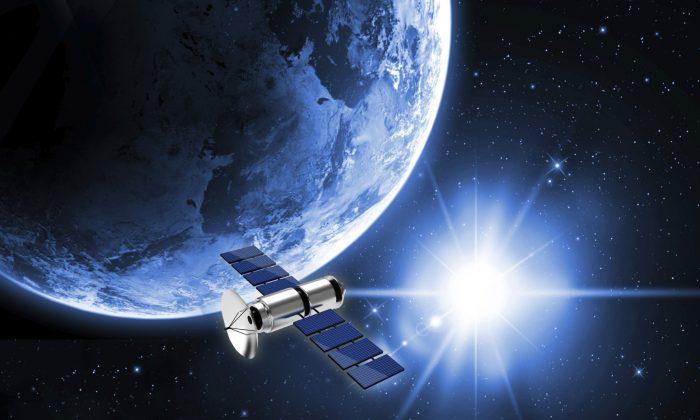Millions of citizen scientists have been flocking to projects that pool their time and brainpower to tackle big scientific problems, from astronomy to zoology. Projects such as those hosted by the Zooniverse get people across the globe to donate some part of their cognitive surplus, pool it with others’ and apply it to scientific research.
But the way in which citizen scientists contribute to the scientific enterprise may be about to change radically: rather than trawling through mountains of data by themselves, they will teach computers how to analyze data. They will teach these intelligent machines how to act like a crowd of human beings.
We’re on the verge of a huge change—not just in how we do citizen science, but how we do science itself.
The Awesome Human Brain
The human mind is pretty amazing. A young child can tell one human face from another without any trouble, yet it took computer scientists and engineers over a decade to build software that could do the same. And that’s not human beings’ only advantage: we are far more flexible than computers. Give a person some example images of galaxies instead of human faces, and she'll soon outperform any computer running a neural net in classifying galaxies.
Rather than replacing citizen scientists, though, machines can help them—and it could not have come at a better time. Scientific experiments are flooding researchers with data: astronomers needed the help of the Internet to classify one million galaxies from an astronomical survey that took place in the 1990s and 2000s. Soon telescopes like the Large Synoptic Sky Telescope will give us images of billions of galaxies in addition to supernovae, asteroids and other strange things that go bump in the night.
How will astronomers be able to deal with all these data, many of which are time-sensitive? After all, if something goes “bump” and fades quickly, we'd want to try to study it more before it disappears forever. That’s where the machines can really help us: deep minds can scale up to process large data sets if we just give them sufficient processing power and memory.
Citizen Science Cyborgs
But the machines still need help—our help! One of the biggest problems for deep neural nets is that they require large training sets, examples of data (say, images of galaxies) which have already been carefully and accurately classified. This is one way in which the citizen scientists will be able to contribute: train the machines by providing high-quality training sets so the machines can then go off and deal with the rest of the data.
There’s another way citizen scientists will be able to pitch in: by helping us identify the weird things out there we don’t know about yet, the proverbial Rumsfeldian “unknown unknowns.” Machines can struggle with noticing unusual or unexpected things, whereas humans excel at it.

Having the citizen scientists help the machines spot these unexpected things in the data would complement the machines’ ability to churn through huge data sets. If a machine got confused by something, or just wanted some extra feedback, it could kick the object back to a human for help, and then update itself to deal with similar things in the future. This could find applications not just in astrophysics, but in many other fields of science, from surveys of the sea floor to archives in museums, and the detectors of particle accelerators.
So envision a future where a smart system for analyzing large data sets diverts some small percentage of the data to human citizen scientists to help train the machines. The machines then go through the data, occasionally spinning off some more objects to the humans to improve machine performance as time goes on. If the machines then encounter something odd or unexpected, they pass it on to the citizen scientists for evaluation.
Thus, humans and machines will form a true collaboration: citizen science cyborgs.
Kevin Schawinski is an assistant professor of galaxy & black hole astrophysics at the Swiss Federal Institute of Technology Zurich. This article was originally published on The Conversation.


Friends Read Free